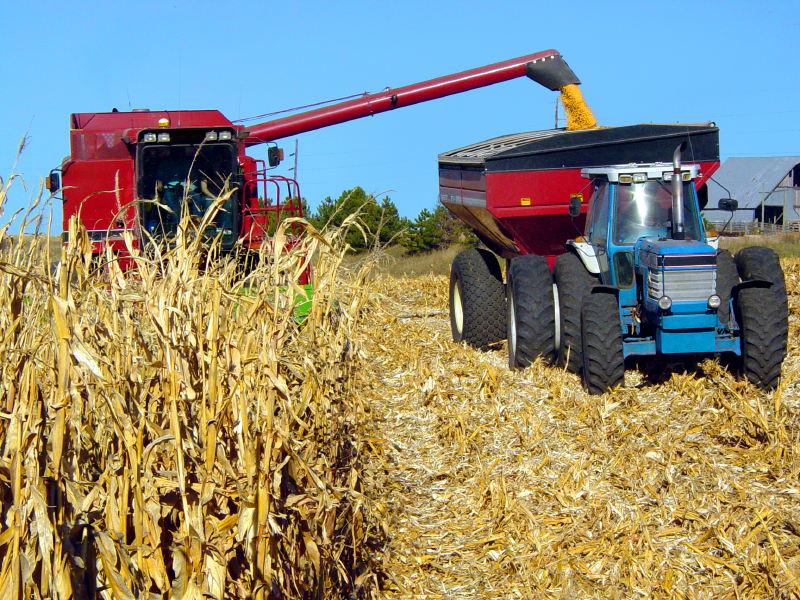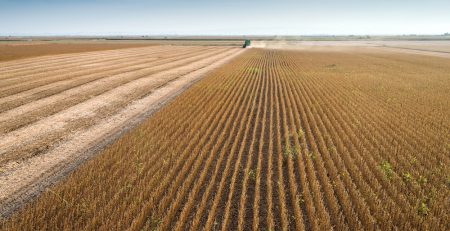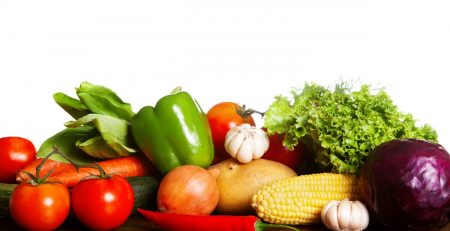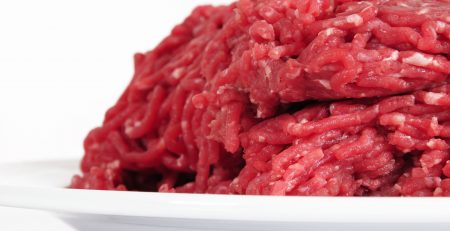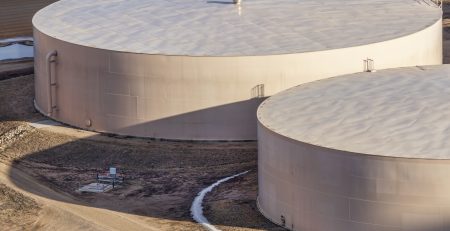U.S. Farm Income to Hit 12-Year Low
Crop prices may be showing some recent signs of life, but that’ s of little comfort for American farmers who are forecast to see their incomes fall to a 12-year low.
Farmer profits will drop 6.7 percent this year to $59.5 billion, the U.S. Department of Agriculture said Wednesday in its first forecast for 2018. That’s the lowest since 2006 and would be down 52 percent from a record $123.8 billion in 2013.
“This may now be what we consider a normal time,” said Carl Zulauf, an agricultural economist who retired from Ohio State University after a long professorship. “The period from about 2007 to 2013, that was the exceptional period. Farmers have had to confront the adjustment.”
An overhang of crop supplies has sparked a prolonged struggle in the farm economy. The decline in producer profits has crimped spending, hindering sales for companies like Deere & Co. to Monsanto Co. The downturn also helped spark a recent string of agricultural mega-mergers that have the potential to reshape the industry.
Revenue Drop
The USDA predicts 2018 crop revenues will drop 0.8 percent to $188.2 billion, while that from animals and related products decline 0.3 percent to $174.9 billion. Costs, meanwhile, are expected to climb 1 percent to $359.2 billion.
Years of sluggish profits have forced more farmers to take out loans to keep afloat. Farmers boosted borrowing 51 percent in the fourth quarter from a year earlier to buy inputs and pay bills, according to the Kansas City Federal Reserve. That was the most in two years and signals that rising interest rates may curb producer liquidity in 2018. Farm borrowing costs rose to a 27-year high of 4.5 percent on average last quarter, up from 3.7 percent a year earlier, further stretching repayment capacity.
Most farmers and lenders refrained from over-leveraging to expand operations from 2011 to 2013, when incomes and crop prices were about twice as high as they are today, according to Tim Koch, the chief credit officer at Omaha, Nebraska-based Farm Credit Services of America, which lent $28 billion last year in Iowa, Nebraska, Kansas, South Dakota and Wyoming. This restraint has allowed growers to tap equity to offset reduced profits and is one reason delinquency rates and non-performing loans remain relatively low compared with 30 years ago, during the last big income slump.
“A low debt-to-asset ratio compared to the 1980s means producers have time to work through the process of lower costs to match current low commodity prices,” Koch said. ” We don’ t have a debt issue, we have a cash flow issue that farmers can still work through.”
The majority of farmers are still in a ” strong financial position,” and that should continue in 2018 with stable commodity prices, Koch said. They are working on reducing costs to remain competitive on the global export market, he said.
Content within the Farm Journal Forum is the property of Farm Journal, Inc and protected by copyright.This article was first published on https://www.fjfnews.com.
